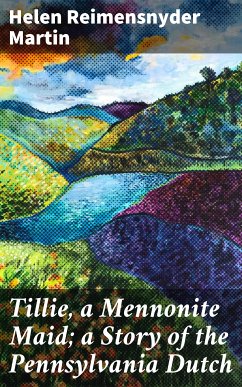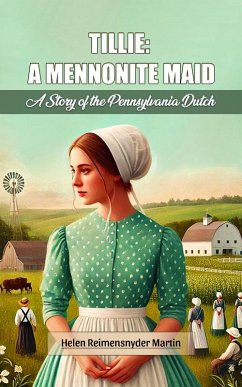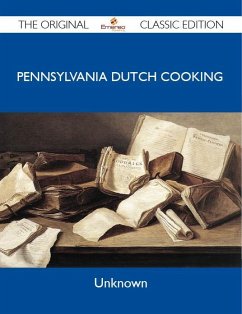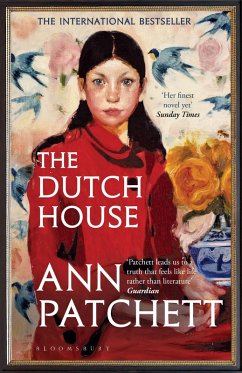
Tillie, a Mennonite Maid; a Story of the Pennsylvania Dutch (eBook, ePUB)
Versandkostenfrei!
Sofort per Download lieferbar
1,99 €
inkl. MwSt.
Weitere Ausgaben:

PAYBACK Punkte
0 °P sammeln!
This vivid and colorful story explores the coming of age of a young Pennsylvanian woman. Tillie Getz's aunt leaves a will by the terms of which Tillie will inherit a small fortune if she has joined the Mennonite church by age eighteen. Tillie's family tries to make her marry the neighborhood boy Absolom, but Tillie's love of learning and desire for greater things makes this difficult.
Dieser Download kann aus rechtlichen Gründen nur mit Rechnungsadresse in A, B, BG, CY, CZ, D, DK, EW, E, FIN, F, GR, H, IRL, I, LT, L, LR, M, NL, PL, P, R, S, SLO, SK ausgeliefert werden.












